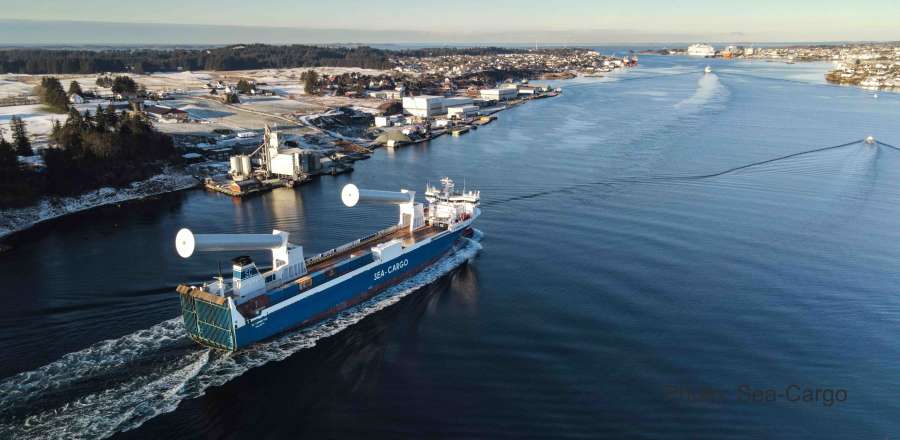The Motorship recently hosted a virtual panel of top industry experts, discussing wind power and wind-assisted propulsion for the shipping sector. Norsepower COO, Jarkko Väinämö shared how the Rotor Sail Solution can help shipping meet its decarbonisation objectives both for newbuilds and retrofit solutions and provided insight into current projects.
Gavin Allwright, Secretary General, International Windship Association (IWSA) opened proceedings, highlighting how wind-assisted propulsion has gained prominence as a true contender and contributor in achieving the International Maritime Organization’s (IMO) 2050 goal for decarbonisation of the shipping sector.
As one of the expert panellists, Jarkko Väinämö summarised Norsepower’s current projects, ranging from the installation onboard the roro vessel, the SC Connector, to the first newbuild installation on a VLOC with Vale, emphasising the range of vessels which can benefit from Rotor Sail technology. The newly designed tilting version of the Rotor Sail solution for reducing air draft and navigating height restricted routes was also highlighted as the most recently development in the incremental design changes Norsepower continues to make to ensure the technology continues to develop as a leading solution which can benefit and suit the entire shipping industry.
Norsepower Rotor Sails produce thrust force and average savings depend on configuration and on the wind conditions of the route. For example, Norsepower installed two 35x5m Rotor Sails for SEA-CARGO, a leading logistics provider in the North Sea market. During testing, the two Rotor Sails generated a maximum thrust force equivalent of 7 MW propeller shaft power. The positive results demonstrates that the vessel can transit faster on sailing alone, than with the installed main engine. Calculations show savings should be averaging a 25% reduction in fuel consumption and associated emissions.
During the webinar, Jarkko Väinämö reflected on the MEPC 76 meeting and the latest EEXI requirements:
“Under the EEXI regulation, at the first annual survey after entry into force in 2023, ships are required to demonstrate compliance with EEXI standards. Values for each ship involve a detailed calculation of energy efficiency and CO2 emissions.
DNV GL estimates that up to 80%of ships over 400GRT will need to reduce service speed to comply with IMO GHG EEXI regulations. Given Rotor Sail technology is compatible with all other ways to save fuel provides tangible savings and reassurance to shipowners navigating the energy transition.”
The webinar panellists continue to discuss other technologies being developed and the swift rate of progress within the wind propulsion market, highlighting Norsepower as the first company to bring to market, a proven auxiliary wind propulsion system with demonstrable and long-term case studies.
Norsepower is committed reducing the environmental impact of shipping through the commercialisation of innovative and modern sail power. For more information on some of our current projects, click here.


